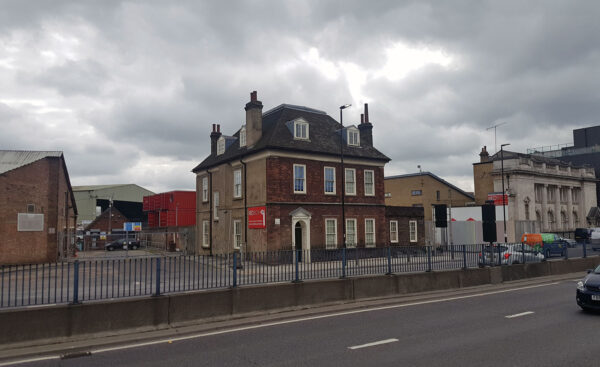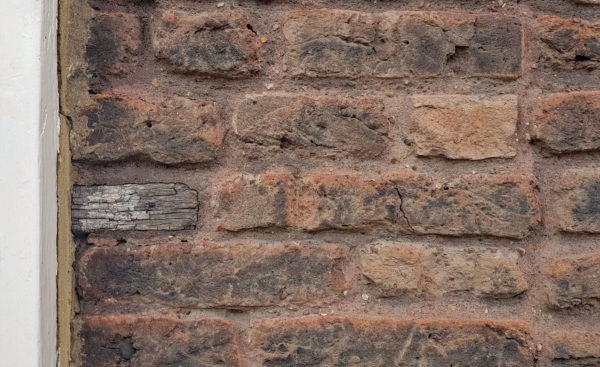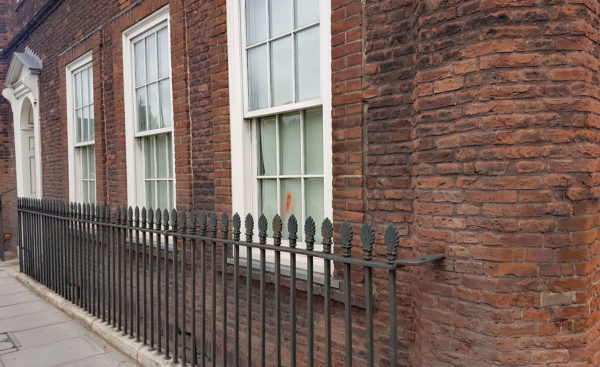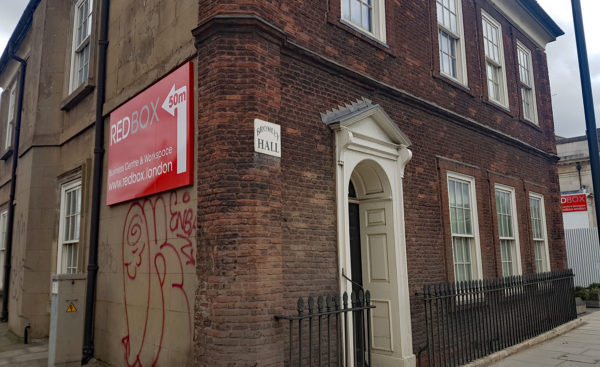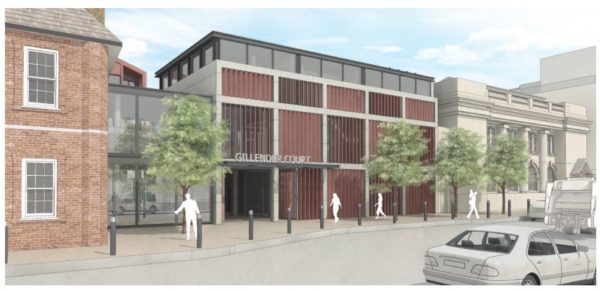It looks like a fairly ordinary moderately old building next to a dirty noisy main road – but this old building is older than you could ever imagine. It’s actually thought to be the oldest brick-built building in London – and over 500 years old.
The area, today mostly council houses and light industrial sites with the noisy Blackwall Tunnel approach tearing through it was once a religious centre. While the Priory may have built the hall, the early history is uncertain, but it certainly was built on an even earlier building, the remains of which can be seen in the cellar.
Tree analysis suggests that the Hall was built around the mid-1480s, at the time of the Battle of Bosworth and the beginning of the Tudor monarchies. It seems to have been a decent building at the time, of some importance as the then mistress to King Henry VIII, Elizabeth Blount lived here for a while.
Following the dissolution of the monasteries, the land and the hall came into the possession of George Boleyn, Viscount Rochford, brother of Queen Anne Boleyn.
The octagon angle turrets and brick string courses are thought to be original to the structure, and it’s those which give the building its title – of possibly the oldest brick building in London.
I wonder how many people roaring past in cars even give the building a glance, and if they do think it to be anything more than a shabby old office building? The rest of the building externally at least looks superficially Georgian, which is why it’s so easy to overlook the historic importance of this otherwise from a distance seemingly average old building.
But get up close to it, and suddenly things start to look up. That brickwork is exceptional, and the old Georgian doorway, covered in car fumes and grime would be a delight to pass through.
It’s had a rather torrid 20th century though. Damaged during WW2, then tuned into offices, then — a carpet warehouse (!), and slowly fell into ruin.
Restored in 2005, it’s currently leased out as offices.
The ironwork seems relatively recent, and there are signs that at one time uplighters were installed in the ground to help the building stand out. Tudor wall paintings were discovered during the 2005 restoration, and some panelling was donated to the V&A Museum.
There are now plans though to redevelop the rather run-down landscape around the historic hall with the current fashion or high-rise housing at the rear, and three-storey buildings around the hall itself.
Although the Hall itself will be left alone, the 1920s low-rise extension beside it, which replaced a couple of 19th-century cottages will be removed and replaced with a modern building which will then link the Hall and the old Library into a single set of interlinked buildings.
The old hall looks likely to be rented out as office space, but at least it will survive, hopefully for a few more centuries at least. I doubt any building this close to the main road will ever be anything other than covered in grime and unappreciated, but that itself makes its survival for so long a remarkable one.

